Seneca Arts and Culture Centre opens in upstate New York
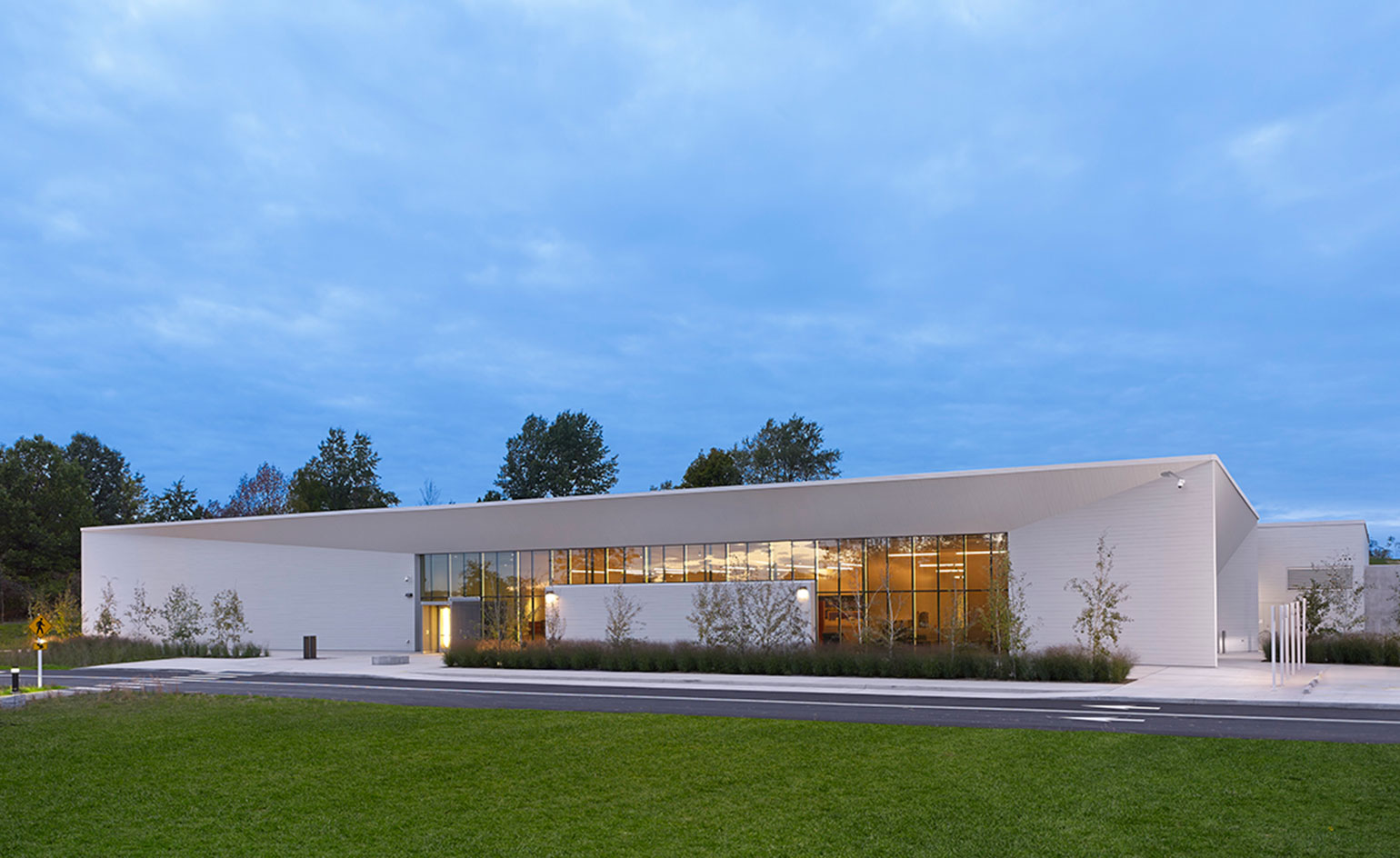
The Seneca, a Native American tribe in upstate New York, have had profound impacts on the United States, ranging from natural remedies to the country's embrace of democracy. The fact that you probably didn't know these things testifies to the importance of architect Francois deMenil's Seneca Art and Cultural Center, the new focal point of the Ganondagan State Historic Site, located on one of the Seneca's largest former settlements in Victor, just southeast of Rochester.
The project, which has been envisioned for about 30 years, explores Seneca culture with year-round exhibitions, programs and events. The 17,000 sq ft, one-storey building contains exhibition spaces, an auditorium, classrooms, retail, and administrative offices.
The rectangular building's form was inspired by two of the tribe's seminal symbols: the Hiawatha Belt, a symbol-rich gesture of peace between the five Iroquois nations (depicting five linked cubes projecting from the 'Tree of Peace'), and the Longhouse, a long, narrow native dwelling that can expand and contract to accommodate changes in family size. Like both, the building has a strong horizontal axis, with galleries extending laterally from either side of a central entry. White cedar siding is beveled inward along the edges of the facade, uniting the roof and walls into a singular mass, articulating the simple form, and modulating the entry of sunlight. The building sits lightly on its location, partially buried into the land at its rear.
Inside, large glass curtain walls flood the space with illumination. Beveled skylights evoke the building's shape and minimise direct light in warmer months. Spaces flow smoothly from one to the next, and a minimal white palette defers to artworks and exhibitions.
Mirroring a typical native procession, once you stop at the centre, you then make your way to the Ganondagan site's other destinations, which include a replica of a 17th century bark longhouse, fields of Iroquois white corn and wildflowers, a granary, and several hiking trails.
'It's very important to acknowledge that the Seneca are still in this area, following their customs, even speaking their native language,' said deMenil. 'That recognition was a very soulful part of the project.'
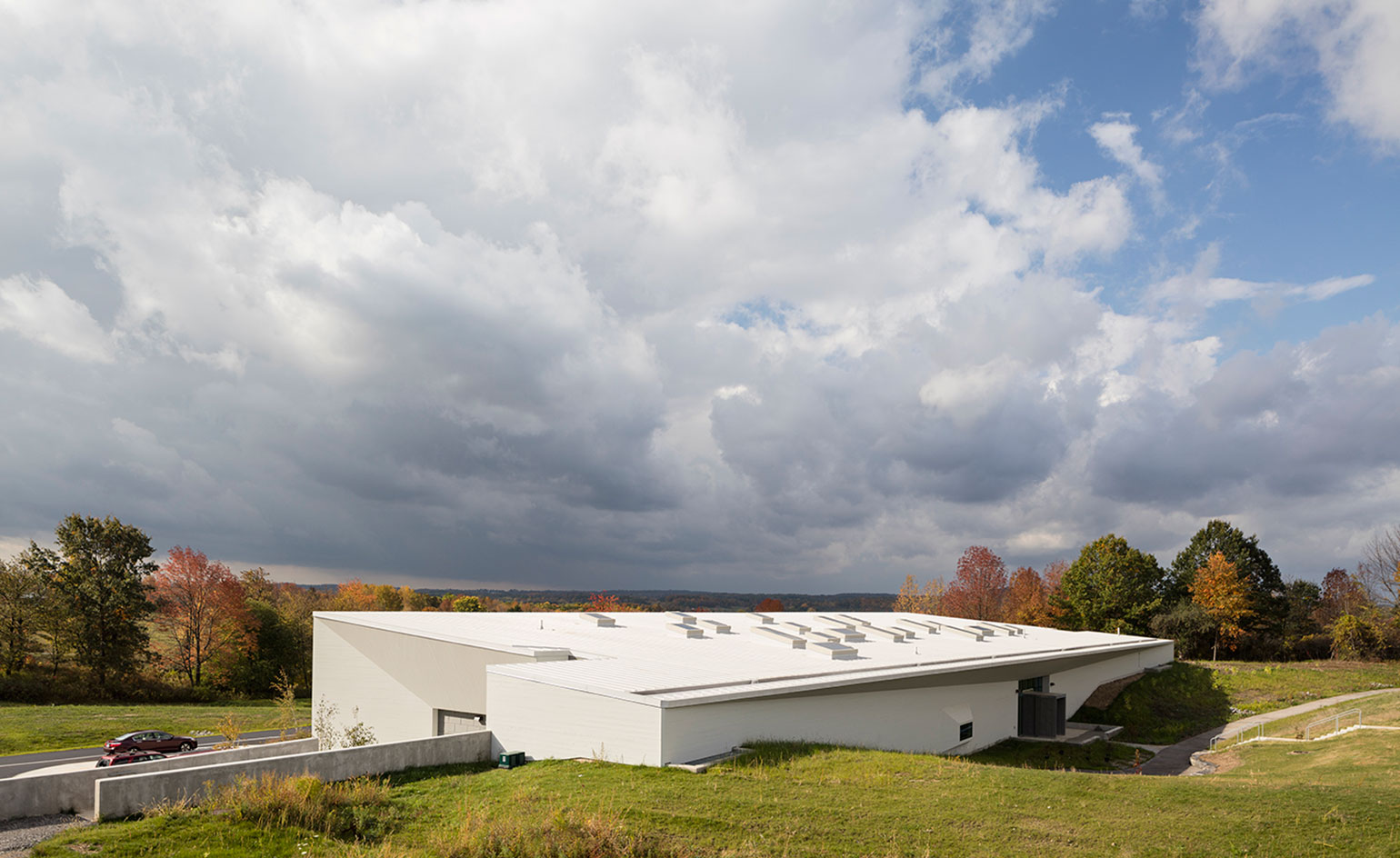
The building was designed to explore the Seneca Native American tribe's culture with year-round exhibitions, programs and events. Photography: Paul Warchol
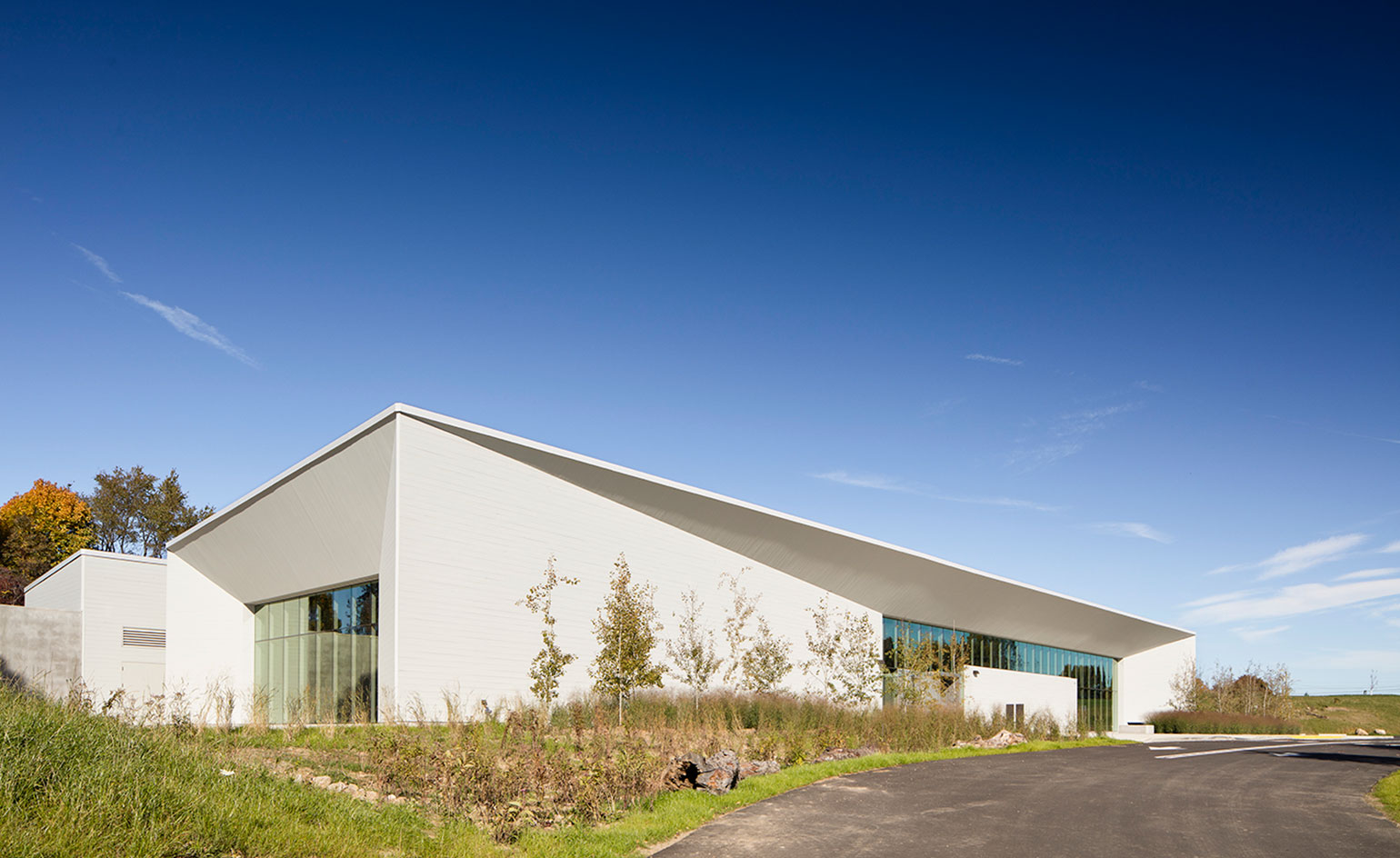
The rectangular building's form was inspired by two of the tribe's seminal symbols. Photography: Paul Warchol
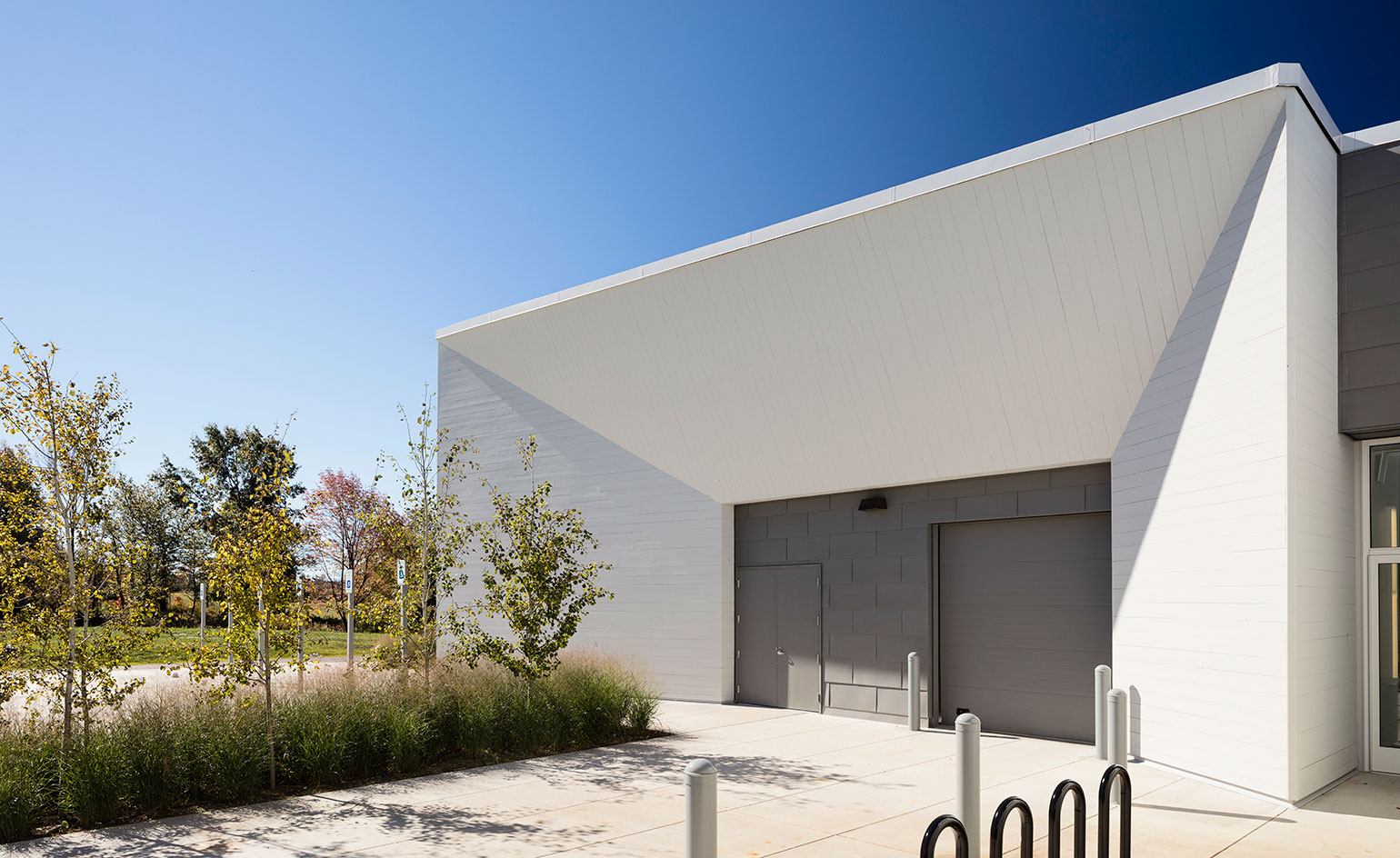
The low, horizontal building has galleries extending on either side of its dramatic entrance. Photography: Paul Warchol
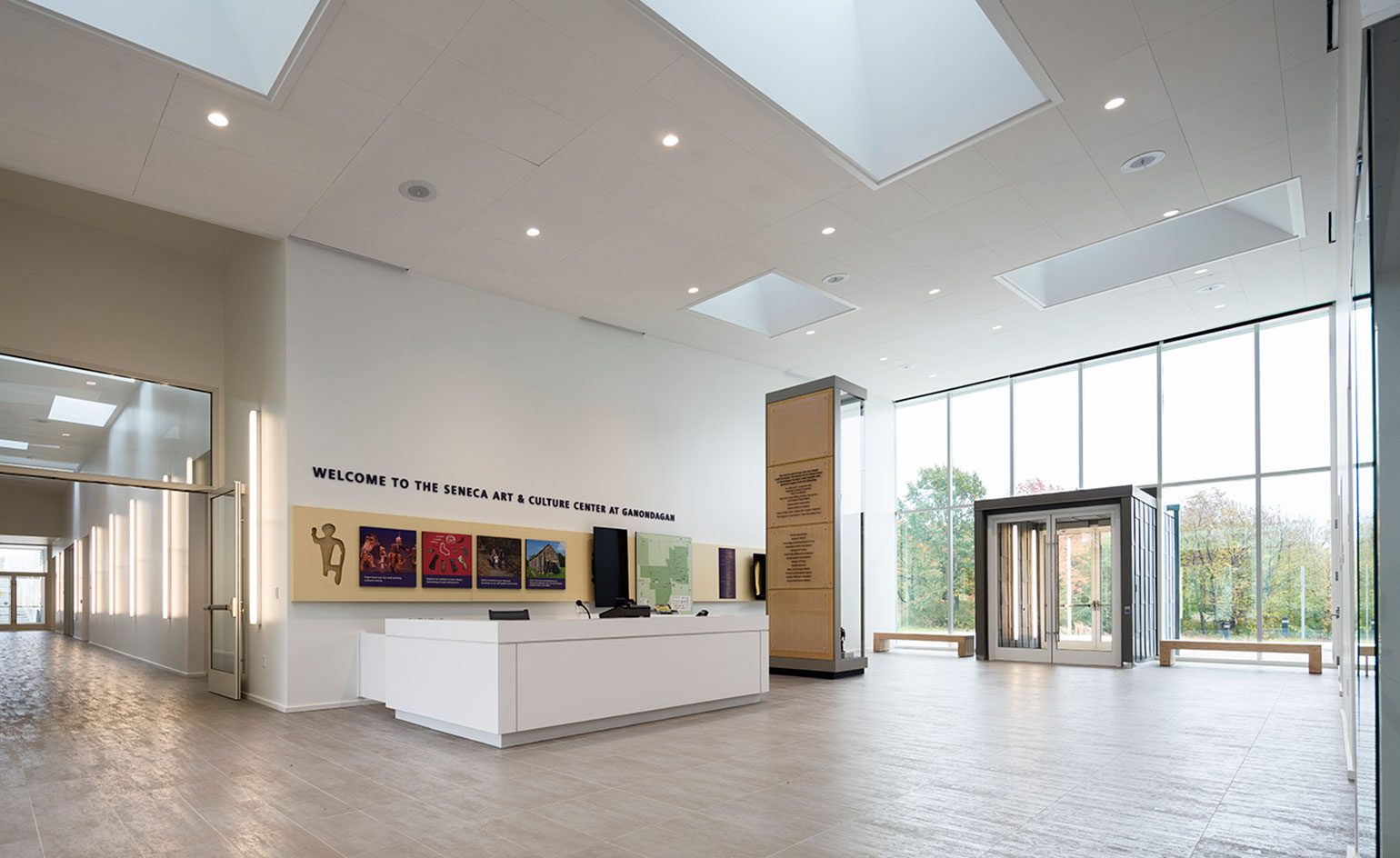
Inside, large glass curtain walls flood the space with natural light. Photography: Paul Warchol

A minimal white palette allows the exhibits to take centre stage. Photography: Paul Warchol
Receive our daily digest of inspiration, escapism and design stories from around the world direct to your inbox.
-
 This cult Los Angeles pop-up restaurant now has a permanent address
This cult Los Angeles pop-up restaurant now has a permanent addressChef Brian Baik’s Corridor 109 makes its permanent debut in Melrose Hill. No surprise, it's now one of the hardest tables in town to book
-
 French bistro restaurant Maset channels the ease of the Mediterranean in London
French bistro restaurant Maset channels the ease of the Mediterranean in LondonThis Marylebone restaurant is shaped by the coastal flavours, materials and rhythms of southern France
-
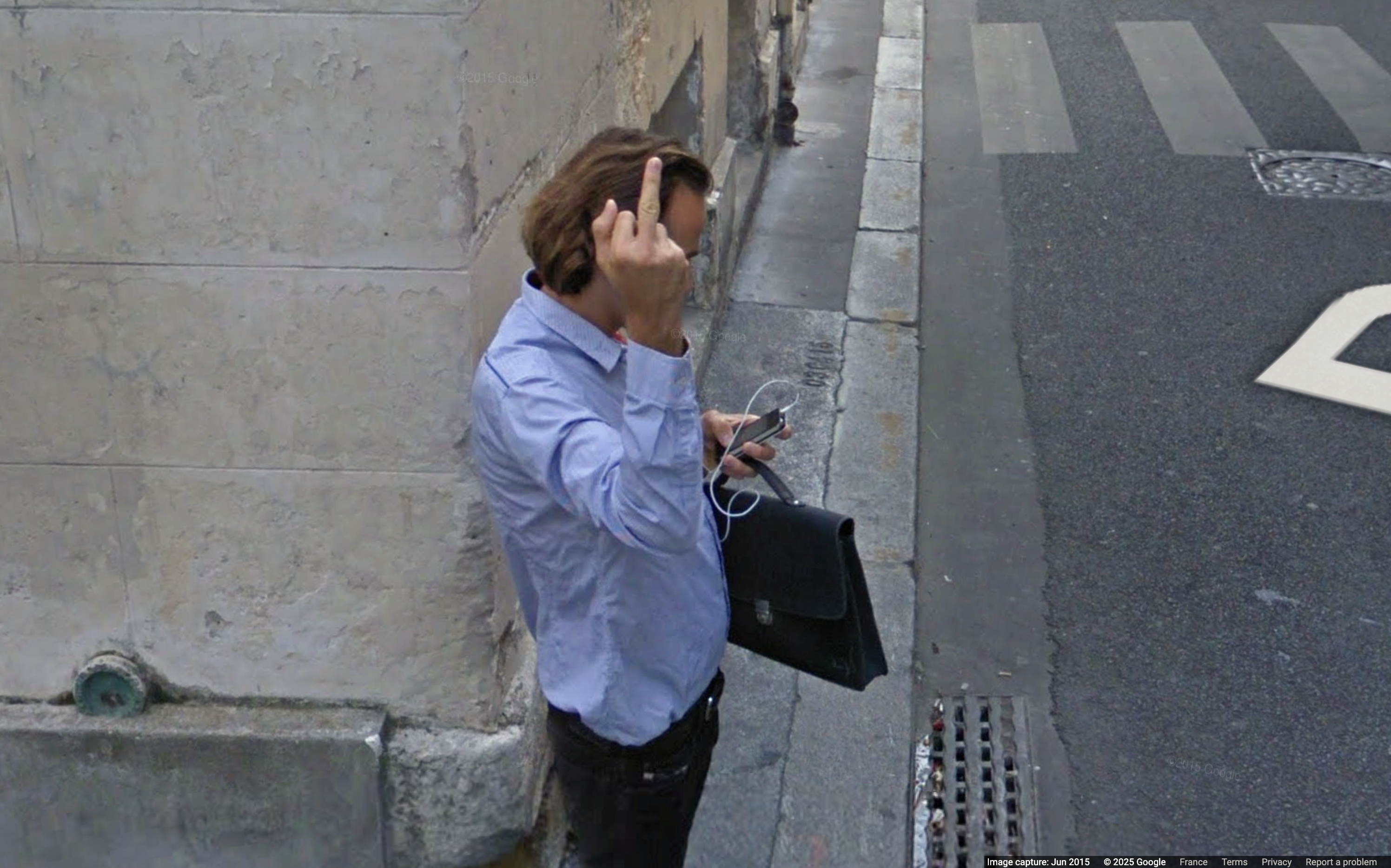 How ethical is Google Street View, asks Jon Rafman in Copenhagen
How ethical is Google Street View, asks Jon Rafman in CopenhagenIn 'Report a Concern - the Nine Eyes Archives' at Louisiana Museum of Art, Copenhagen, Jon Rafman considers technology's existential implications
-
 Step inside this resilient, river-facing cabin for a life with ‘less stuff’
Step inside this resilient, river-facing cabin for a life with ‘less stuff’A tough little cabin designed by architects Wittman Estes, with a big view of the Pacific Northwest's Wenatchee River, is the perfect cosy retreat
-
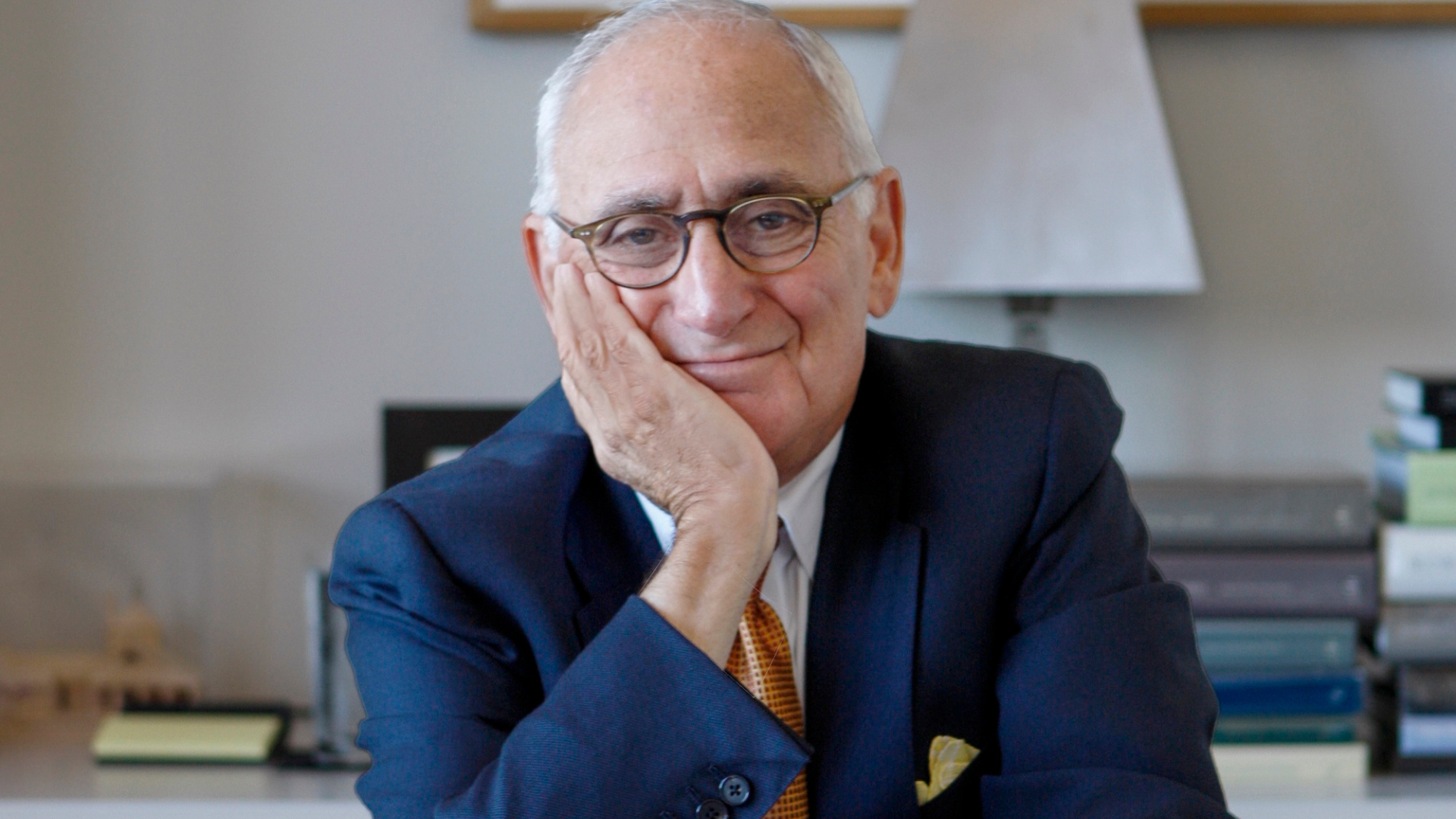 Remembering Robert A.M. Stern, an architect who discovered possibility in the past
Remembering Robert A.M. Stern, an architect who discovered possibility in the pastIt's easy to dismiss the late architect as a traditionalist. But Stern was, in fact, a design rebel whose buildings were as distinctly grand and buttoned-up as his chalk-striped suits
-
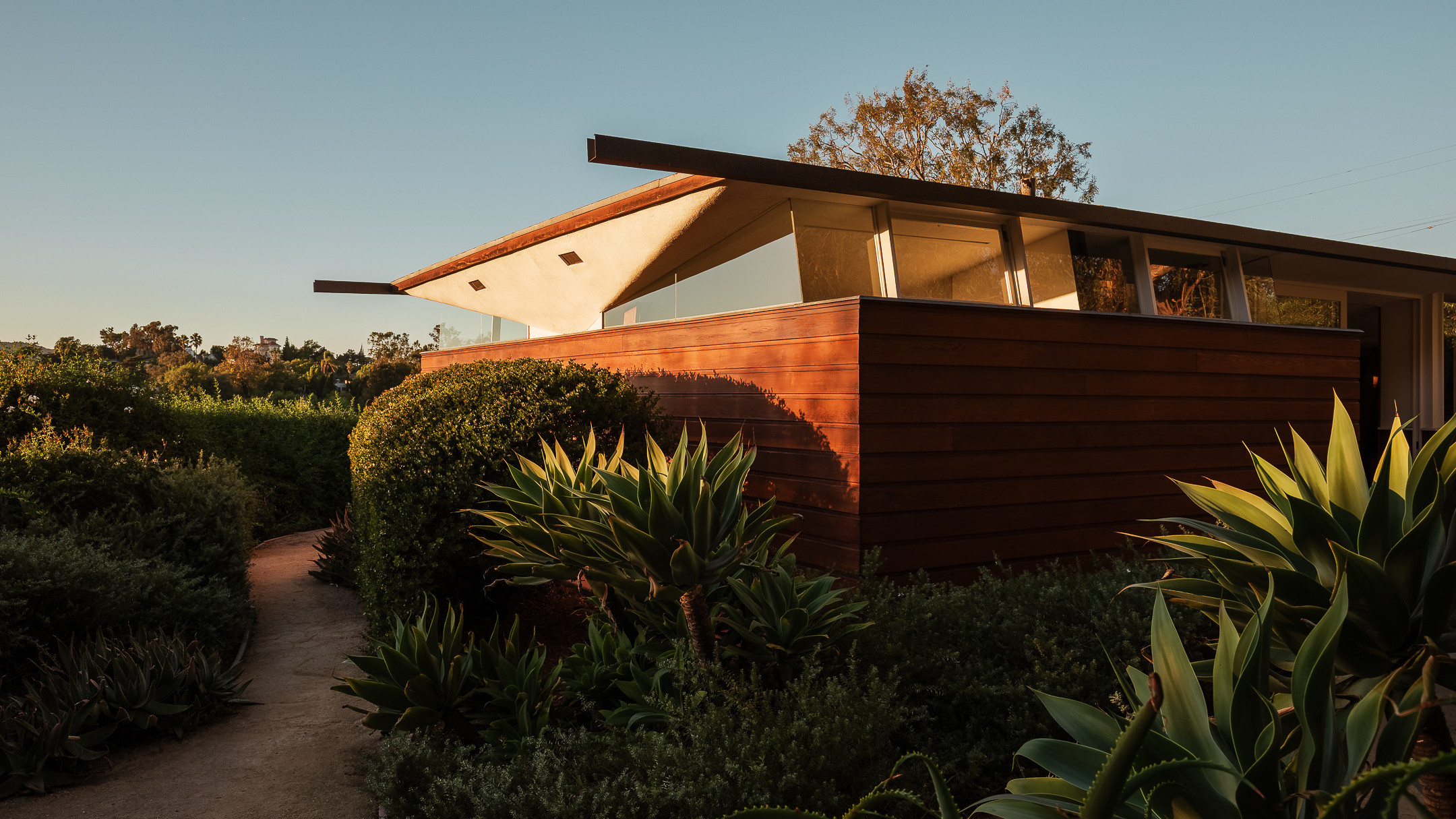 Own an early John Lautner, perched in LA’s Echo Park hills
Own an early John Lautner, perched in LA’s Echo Park hillsThe restored and updated Jules Salkin Residence by John Lautner is a unique piece of Californian design heritage, an early private house by the Frank Lloyd Wright acolyte that points to his future iconic status
-
 The Stahl House – an icon of mid-century modernism – is for sale in Los Angeles
The Stahl House – an icon of mid-century modernism – is for sale in Los AngelesAfter 65 years in the hands of the same family, the home, also known as Case Study House #22, has been listed for $25 million
-
 Houston's Ismaili Centre is the most dazzling new building in America. Here's a look inside
Houston's Ismaili Centre is the most dazzling new building in America. Here's a look insideLondon-based architect Farshid Moussavi designed a new building open to all – and in the process, has created a gleaming new monument
-
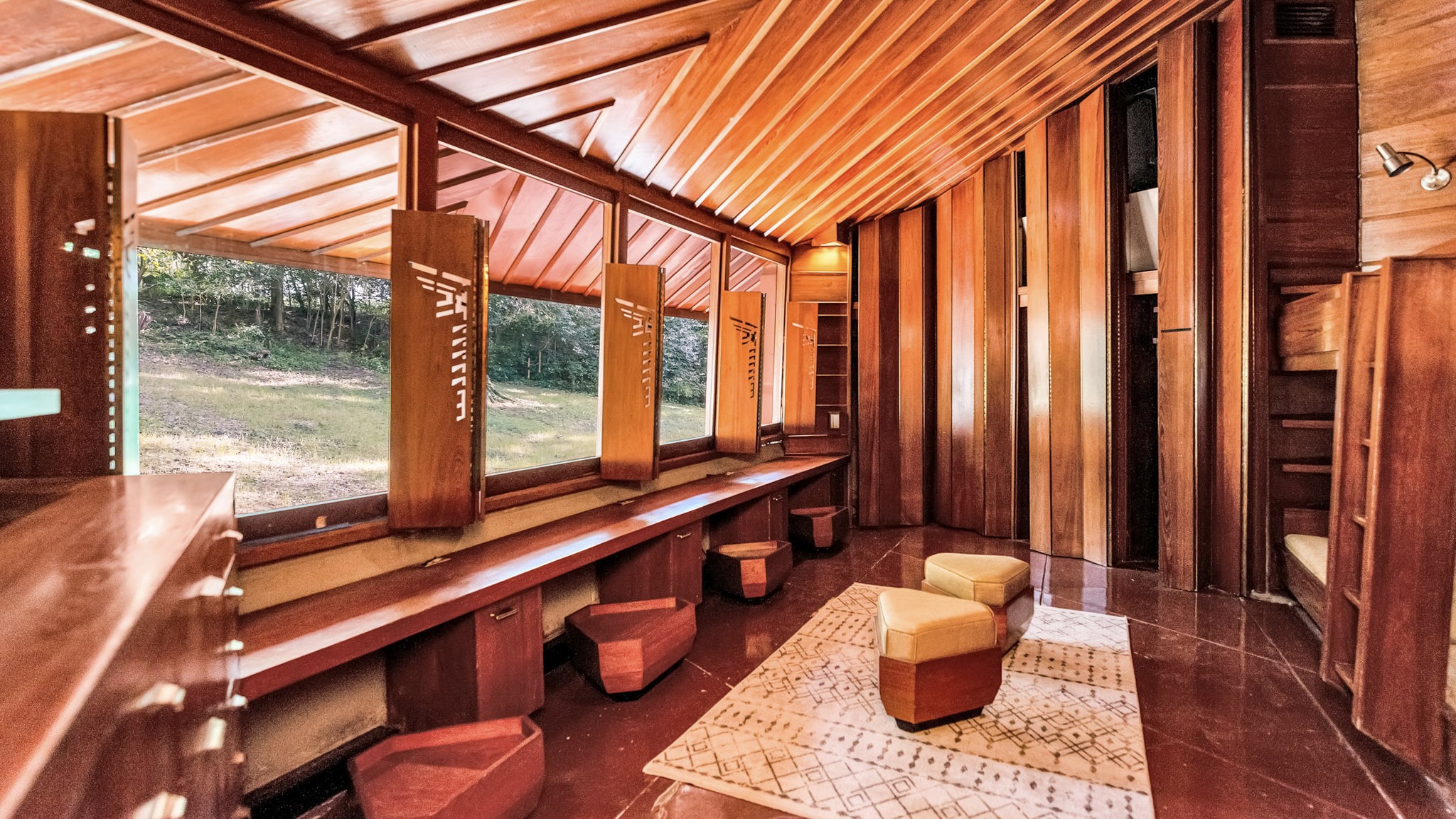 Frank Lloyd Wright’s Fountainhead will be opened to the public for the first time
Frank Lloyd Wright’s Fountainhead will be opened to the public for the first timeThe home, a defining example of the architect’s vision for American design, has been acquired by the Mississippi Museum of Art, which will open it to the public, giving visitors the chance to experience Frank Lloyd Wright’s genius firsthand
-
 Clad in terracotta, these new Williamsburg homes blend loft living and an organic feel
Clad in terracotta, these new Williamsburg homes blend loft living and an organic feelThe Williamsburg homes inside 103 Grand Street, designed by Brooklyn-based architects Of Possible, bring together elegant interiors and dramatic outdoor space in a slick, stacked volume
-
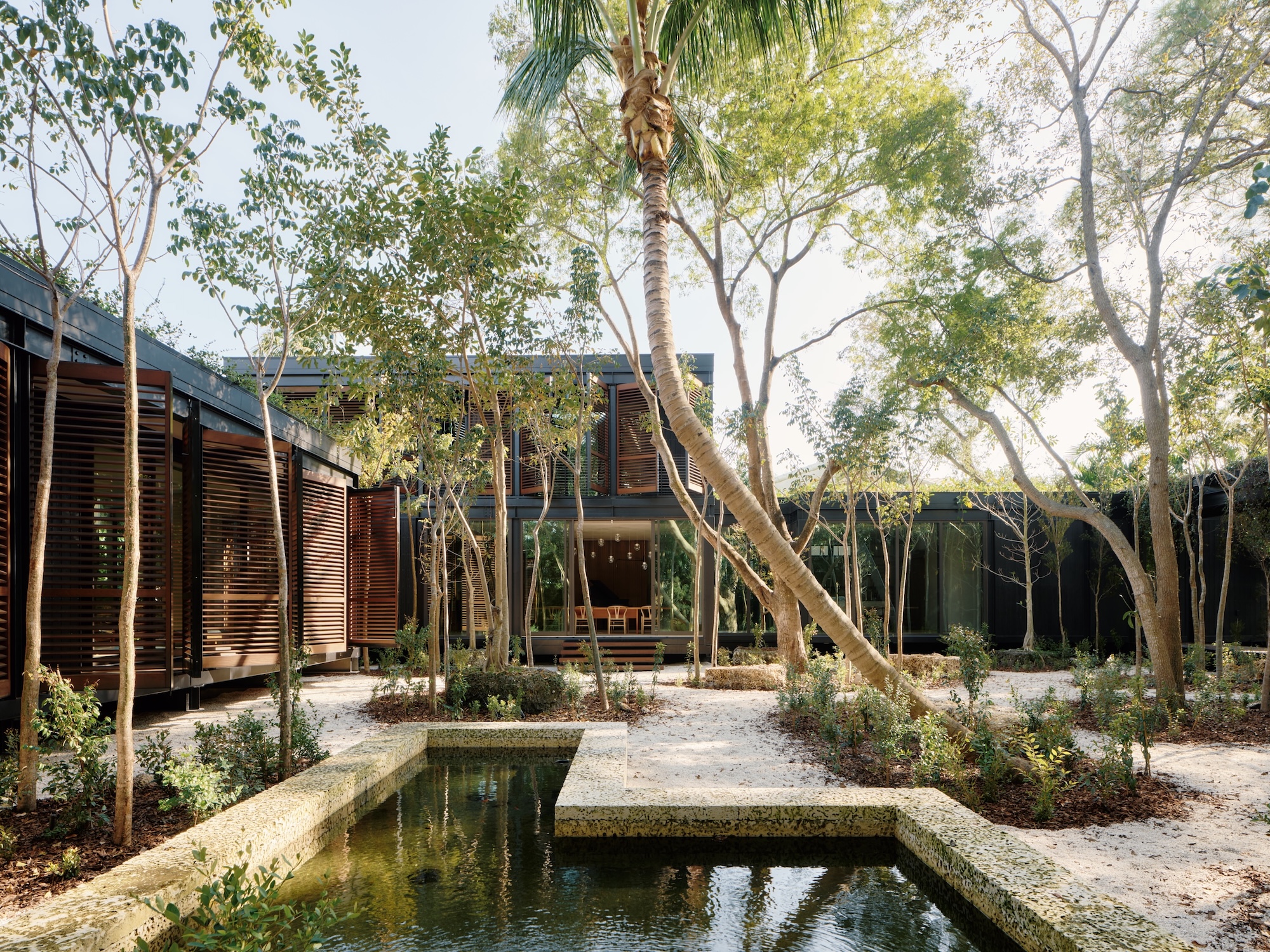 This ethereal Miami residence sprouted out of a wild, jungle-like garden
This ethereal Miami residence sprouted out of a wild, jungle-like gardenA Miami couple tapped local firm Brillhart Architecture to design them a house that merged Florida vernacular, Paul Rudolph and 'too many plants to count’